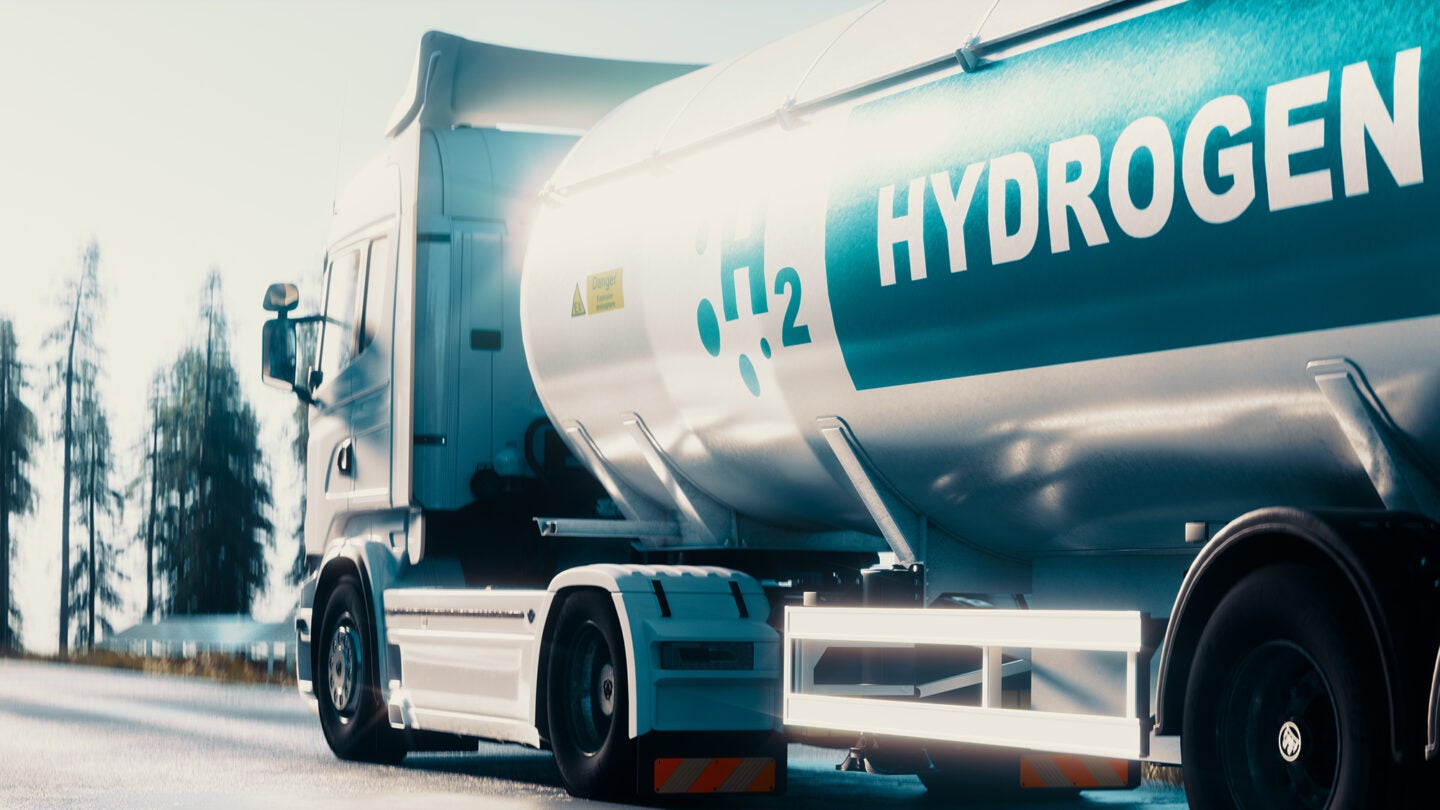Hydrogen has been an important ingredient in industrial processes for a long time, with vital applications in petroleum refining, fertilisers, and pharmaceutical production. However, due to its small molecular weight, it has the least amount of energy per unit volume compared to all other fuels. Potential options for the transportation of hydrogen include pipelines, high-pressure tube trailers mounted onto trucks or barges, liquefied hydrogen tankers, and chemical carriers. Companies like Fortescue Future Industries (FFI) trialling hydrogen, ammonia and battery power technology for trains, ship engines, haul trucks and drill rigs. The growing shift towards energy transition has rendered hydrogen a vital prospect as a fuel for the future, with this depending on technologies for the production of low carbon hydrogen and its transport and use.
Listed below are the key macroeconomic trends impacting the global hydrogen industry, as identified by GlobalData.
Hydrogen cost
Hydrogen production from low-carbon energy is expensive. According to the European Commission (EC), the costs associated with fossil-based hydrogen are approximately $1.7 per kg for the European Union (EU), based on natural gas prices and not including the cost of CO2. For fossil-based hydrogen with carbon capture and storage (CCS), the estimated costs stood at around $2.3 per kg, and for renewable hydrogen, it was around $2.8 to $6.2 per kg. According to an analysis from Bernstein, a leading global investment management and research firm, hydrogen that is produced from fossil fuels costs between $1 and $1.8 per kg.
However, renewable power generation or nuclear power generation is an alternative to electricity from fossil fuels for the production of the gas. Green hydrogen is two to three times more expensive compared to blue hydrogen, produced from fossil fuels sourced with CCS. With the cost of renewables decreasing interest in electrolytic hydrogen is increasing, with many demonstration projects being carried out in recent years.
Focusing on costs across the transportation sector
Emerging hydrogen applications are not cost effective. Even in transportation, it is considered expensive, although costs are falling. The only promising solutions for these hard-to-decarbonise segments include green fuels from low-carbon hydrogen as well as biomass. Synthetic fuels that are used in the aviation segment are eight times more costly than fossil jet fuel.
According to the California Fuel Cell Partnership, which is a public-private partnership that promotes hydrogen vehicles in California, the fuel prices vary from $12.85 per kg to more than $16, and the price averages $13.99 per kg, which amounts to an operating cost of around $0.21 per mile. While the future fuel price is unknown, the National Renewable Energy Laboratory (NREL) calculates that hydrogen fuel prices could drop from $10 to $8 per kg during 2020–2025.
How well do you really know your competitors?
Access the most comprehensive Company Profiles on the market, powered by GlobalData. Save hours of research. Gain competitive edge.

Thank you!
Your download email will arrive shortly
Not ready to buy yet? Download a free sample
We are confident about the unique quality of our Company Profiles. However, we want you to make the most beneficial decision for your business, so we offer a free sample that you can download by submitting the below form
By GlobalDataFuel Cell Electric Vehicles (FCEVs) are associated with higher capital costs compared with Battery Electric Vehicles (BEVs), with $60–75k for FCEVs such as Toyota Mirai or Hyundai ix, when compared to $25–30k for BEVs such as Renault Zoe or Nissan Leaf. Recently, Toyota’s fuel cell engineer Jackie Birdsall said that the company’s 2021 Mirai owners will obtain around $15,000 in free hydrogen or a sufficient amount of money to cover the initial 67,000 miles. It costs around $90 to fill up this car’s 5.6kg tank, and these giveaways can help convince consumers to purchase an FCEV.
Increased flexibility
Hydrogen technology can enhance the growth potential of renewable electricity considerably and widen the reach of renewable energy solutions. For instance, in industry, electrolysers can offer flexibility to the grid from the demand side. Flexibility refers to the capability of the energy system to balance out supply and demand during all times.
With rising shares from renewable energy sources, the production of the gas is anticipated to serve as a cost-competitive option to utilise surplus variable renewable energy and cater to the longer-term flexibility requirements of the energy system or other integrated sectors of power demand.
Rise of hydrogen import-export partnerships
According to data from the World Energy Council, around 41 import-export partnerships for low-carbon H2 were set up globally since 2017, many in the past two years. Germany and Japan accounted for the largest number of partnerships, with 13 and nine, respectively. Countries such as Germany, Japan, and South Korea are expected to become net importers of H2 and have been majorly involved in intergovernmental hydrogen relationships.
Other countries such as Australia, Chile, and Saudi Arabia, who are looking at reaping the benefits from H2 exports and shaping their hydrogen economy, are also highly active globally in seeking partners for strengthening their hydrogen collaborations.
This is an edited extract from the Hydrogen in Mining – Thematic Research report produced by GlobalData Thematic Research.





Related Company Profiles
Mirai Corp
Toyota AG